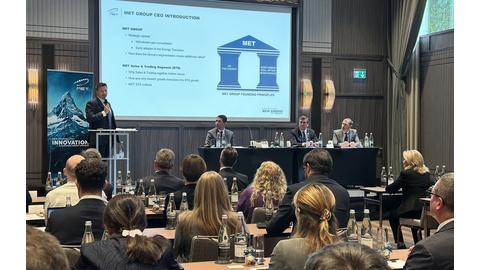Membri
Cyberbullying: How Can Employers Address Inappropriate Behaviour in Hybrid or Remote Work Environments?

In a world where the boundaries between the physical and virtual office are increasingly blurred, employers are facing a new and complex challenge: cyberbullying. From passive-aggressive messages in a team chat to an inappropriate joke on an internal platform, subtle forms of harassment can have serious consequences for employees’ emotional well-being and the overall organizational climate.
So how can employers manage and prevent such situations in order to protect both their employees and the company’s reputation?
A New Type of Challenge: What Is Cyberbullying?
Cyberbullying refers to any form of aggressive, intimidating, or abusive behaviour carried out through digital technologies—emails, instant messages, social networks. It may include:
- intimidating messages sent via email or instant messaging apps (e.g., WhatsApp);
- defamatory posts on social media or internal communication platforms;
- deliberately excluding a colleague from communication groups;
- sharing compromising images without consent or making offensive jokes.
In a virtual work environment, such behaviour is at risk of being dismissed as harmless and therefore ignored. However, the consequences for the victim are just as real as in any other form of workplace harassment.
What Are Employers' Legal Obligations?
In Romania, the concept of cyberbullying is not specifically regulated. However, labour legislation imposes broad obligations on employers to ensure a safe working environment free from discrimination or harassment. These include implementing internal policies and conducting regular training and communication sessions.
Even though there are no express provisions covering cyberbullying, these general obligations are understood to apply both to traditional and virtual workspaces.
Therefore, employers who ignore these legal obligations may face consequences such as:
- sanctions from competent authorities;
- employee complaints filed with relevant institutions or courts;
- reputational damage that can impact the employer’s public image.
How Can Employers Prevent and Manage Cyberbullying?
To protect employees and maintain a healthy work environment, employers should implement clear measures to prevent and combat digital harassment, such as:
- Drafting an internal policy that clearly regulates the use of technology for professional purposes, including expected standards of online behaviour. This policy should define and provide examples of cyberbullying, explain how incidents can be reported, and state the consequences for such behaviour.
- Implementing reporting mechanisms for digital harassment. Employees should feel comfortable reporting abusive conduct without fear of retaliation or discrimination. These mechanisms can mirror those already in place for other forms of workplace harassment.
- Organizing awareness sessions and trainings to help employees recognize the signs of cyberbullying and understand how to respond if they experience or witness such incidents.
- Monitoring online activity using technologies that allow limited tracking of specific indicators, while ensuring employees’ privacy rights are respected. This must be done only after internal assessments to ensure compliance with data protection laws (e.g., prior employee notification, setting legitimate and proportionate purposes, avoiding excessive or intrusive monitoring).
- Investigating and sanctioning abusive conduct. Employers must apply clear and proportionate disciplinary measures for individuals found responsible for digital harassment. These sanctions should be explicitly mentioned in the company’s internal policies.
Conclusion
Cyberbullying is a reality in today’s increasingly connected workplace. Managing it is not only a legal necessity but also an opportunity to foster a strong organizational culture that attracts and retains valuable talent.
Employers who invest in clear policies, employee education, and effective reporting systems will enhance their reputation and strengthen their ability to remain competitive in a rapidly evolving labour market.


